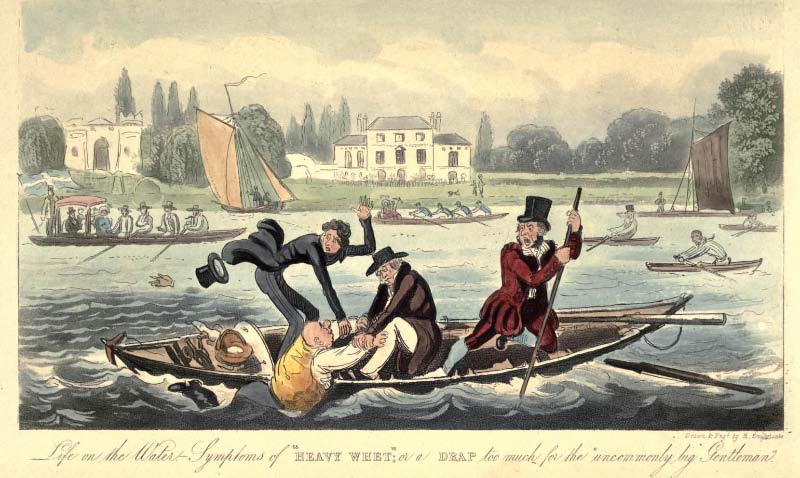I’d never fired a weapon in my life. The closest I’d come was holding Baron de Berenger's unloaded musket at the Kensington Central Library.
Yet lately there seemed to be a lot of pistols and such in my stories. I watched many videos and read books. What I learned from the books was how difficult it was, once upon a time, to load a gun and then shoot straight. Actually, the loading part, with practice, could be done quickly and efficiently. Shooting straight was another matter. The pinpoint accuracy in my stories is a case of the author taking liberties.
Given my interest, imagine my excitement last November, at an appearance with author Caroline Linden, when she told me that one could fire a black powder weapon at Colonial Williamsburg. Susan Holloway Scott —aka the other Nerdy History Girl—sent me photos of her family's experience with these weapons not long thereafter. “The next time I’m in CW,” I told myself, “I’m doing this.”
So much of history is available to me only through books. When the opportunity comes to experience it firsthand, I’m taking it. If I’m in a place where historically accurate carriages are being driven up and down the street, by knowledgeable drivers, I’m going to get on the carriage, and pester the driver with questions. If there’s shooting with historically accurate weapons and ammunition on offer, I’m shooting.
So, to the guns. The video here is very short. What I learned is very long. I fired two weapons, a musket and a fowler. What you don’t see in the video is Loretta trying to heft them. The musket weighs ten pounds, the fowler is a little bit lighter, and they're both looong, which makes them unwieldy for someone like me. My arms shook, lifting the gun. Then I had to hold it in my shaking arms, sight along the barrel, and figure out where to aim it. Turns out, the ball isn’t going where you think it’s going. Luckily, I got some good advice as I was aiming.
Another thing you don’t see in the video is how hard it is to draw back the cock. It doesn’t just flip back. You need to pull, and it fights you. I had to use two hands. (I do need to work on my upper body strength.)
Meanwhile, there's the loading process, with which I received a great deal of assistance. Otherwise, I could have been there for half an hour for each shot. Soldiers could load their weapons in 15 seconds, I was told. Well, getting shot at by a line of guys firing muskets is good motivation to load quickly.
These are far from accurate weapons. Even when you know how to aim, you can’t be sure the ball will go where it should. This is why armies created lines or squares of men, all firing at the same time. Standing or kneeling shoulder to shoulder, you were bound to strike the enemy, even if it wasn’t the enemy you were aiming at. But yes, in spite of these difficulties, and much to my amazement, I did badly wound a couple of paper bottles.
Video: Loretta Shoots!!
On my YouTube Channel
Readers who receive this blog via email might see a rectangle, square, or nothing where the video ought to be. To watch the video, please click on the title to this post or the video title.















